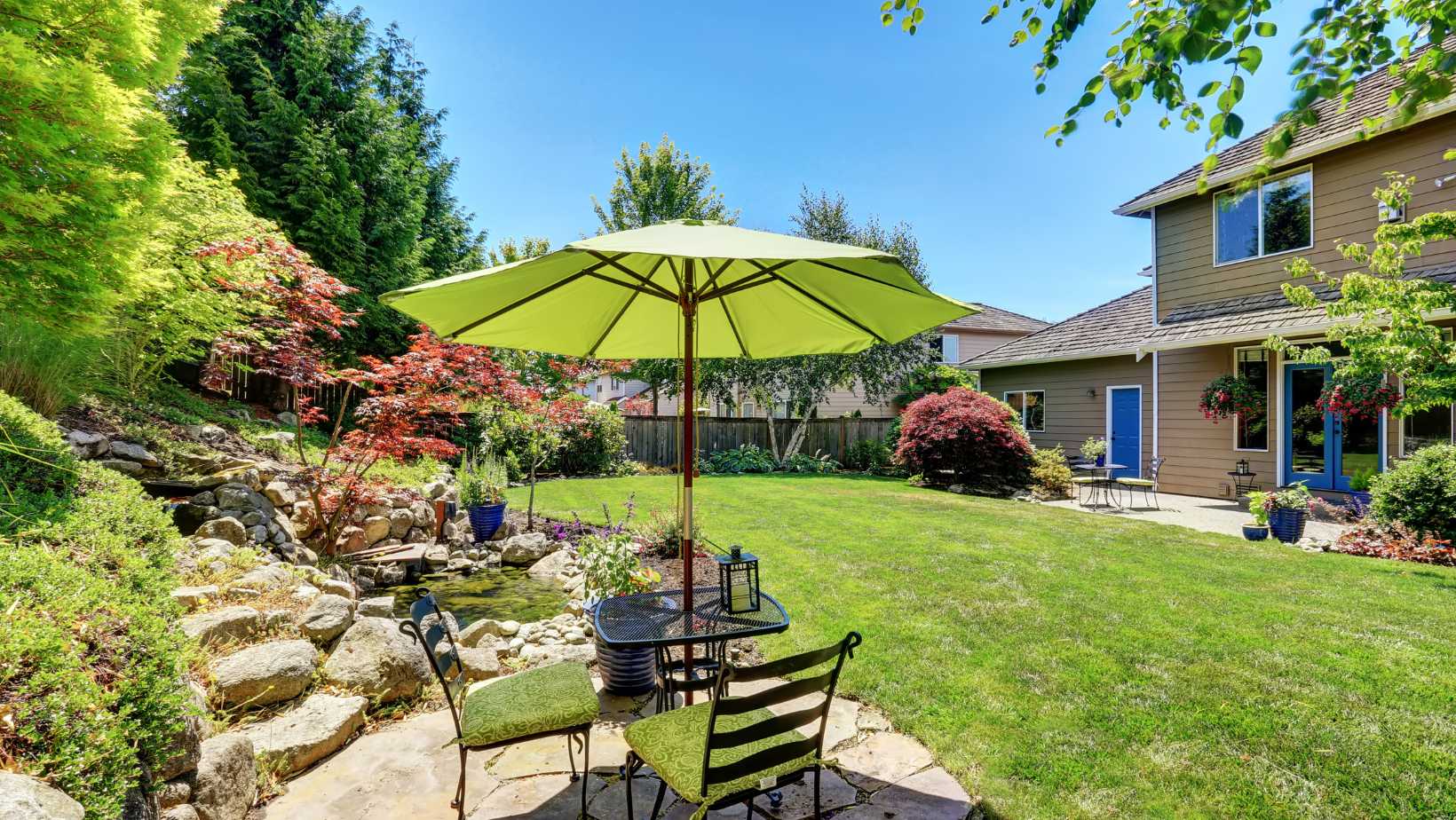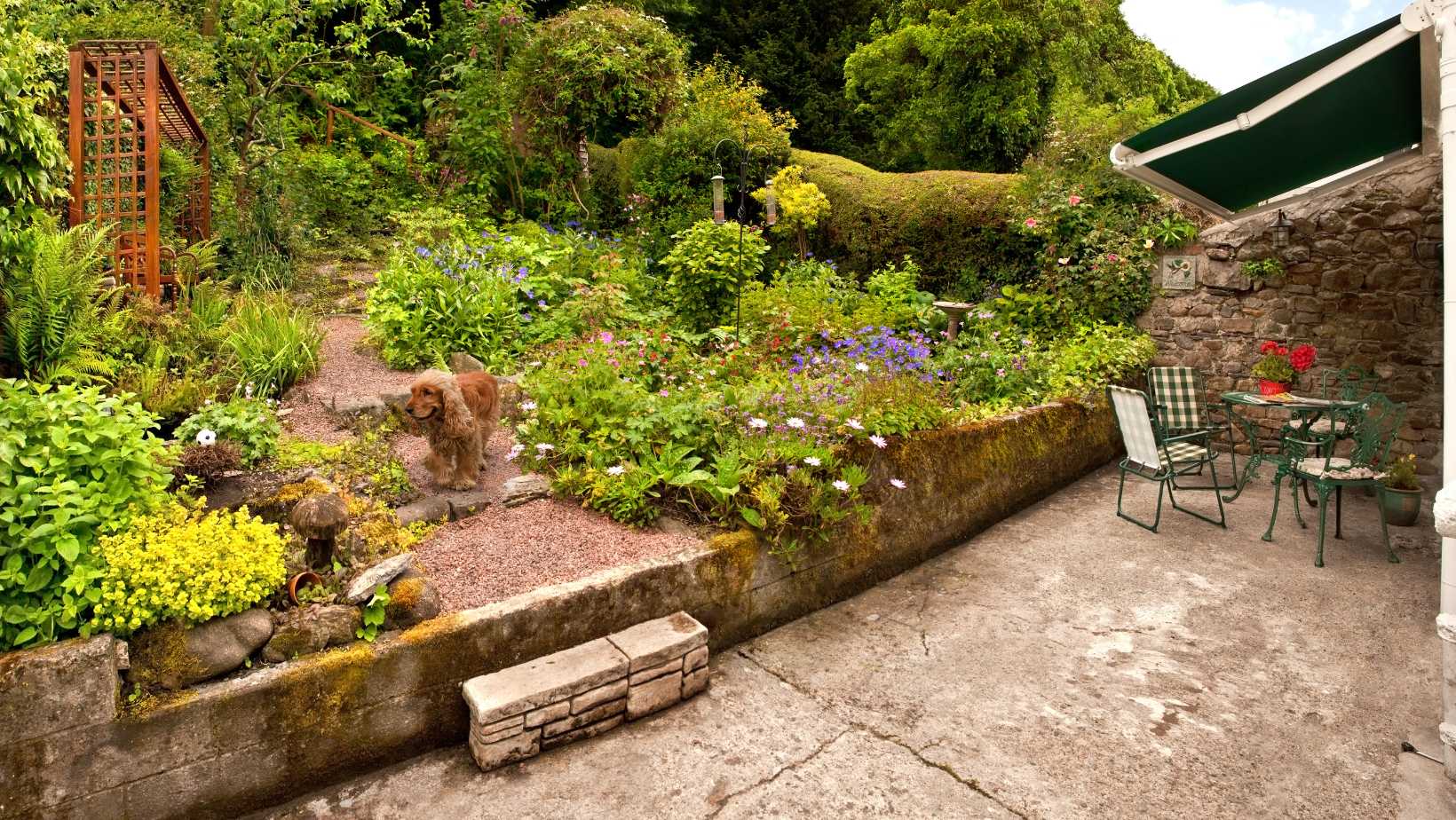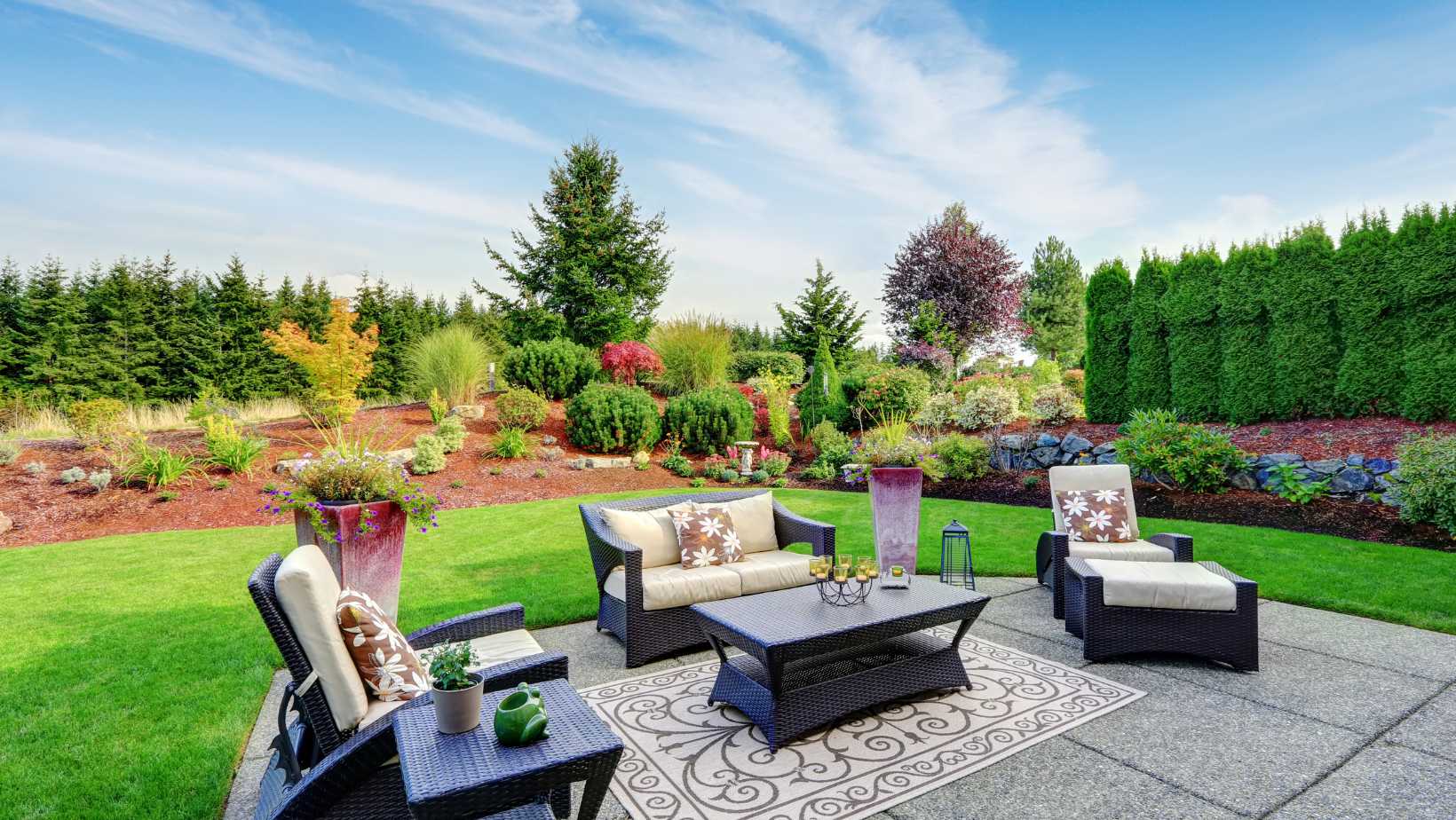If you’re lucky enough to have a hill in your backyard, you may be wondering how to make the most of this unique landscaping opportunity. Fortunately, there are many creative and functional landscaping ideas that can help you turn your backyard slope into a stunning feature.
One popular approach is to create a terraced garden, which involves building retaining walls or adding steps to the slope and then filling each level with plants and flowers. This not only adds visual interest and beauty to your backyard, but it also helps prevent erosion and creates additional usable space for entertaining or relaxing.
Another option for landscaping a hill in your backyard is to create a meandering pathway that winds its way up or down the slope. This can be both practical and aesthetically pleasing, as it creates a natural flow throughout your backyard and provides an opportunity to incorporate additional landscaping elements like rocks, water features, or seating areas.
Overall, when it comes to landscaping ideas for a hill in your backyard, the possibilities are endless. By getting creative and utilizing the natural contours of your property, you can transform your backyard slope into a stunning and functional outdoor space that you and your family can enjoy for years to come.
Creating Terraced Landscapes
When it comes to landscaping ideas for hill in backyard, creating terraced landscapes can be a great solution. This involves creating several flat sections on a steep slope, creating a series of steps, or terraces, that can be used for planting, seating, or just as a decorative feature.
To get started, it’s important to first determine the shape and slope of your hill. The slope will determine the height and depth of each terrace. It’s important to keep in mind that each terrace should be level, or nearly level, to prevent soil erosion and ensure proper drainage.
Once you’ve determined the slope and shape of your hill, you’ll need to excavate each terrace. This involves digging out the soil to create a flat surface for planting or seating. The soil from each terrace can be used to backfill the terrace below it, creating a more stable foundation.
It’s also important to use appropriate retaining walls or edging materials to hold back the soil on each terrace. This can be done using natural stone, bricks, or even wood. The type of material you choose will depend on your budget, design preferences, and overall aesthetic.

When it comes to planting on each terrace, it’s important to choose plants that are appropriate for the amount of light and soil conditions in each area. If one terrace gets more sun than others, choose plants that thrive in full sun, while shady areas should be planted with shade-loving plants. It’s also important to choose plants that are well-suited to the soil type and moisture levels of each terrace.
Creating terraced landscapes can be a great way to add visual interest to a sloping backyard while also providing functional spaces for planting or seating. With the right materials, design, and planting choices, you can transform your hillside into a beautiful and functional outdoor space.
When it comes to creating stunning landscaping ideas for a hill in your backyard, selecting the right plants is key. A well-planned planting scheme can help stabilize the soil, prevent erosion, and make the hillside look beautiful throughout the year.
Here are some tips on selecting plants for hillside landscapes:
- Consider the soil and light conditions: The first step is to select plants that can thrive in the soil and light conditions of the hill. For example, if the hill is shaded, look for plants that can tolerate shade.
- Choose plants with deep roots: Plants with deep roots can help stabilize the soil on the hillside and prevent erosion. Grasses, shrubs, and trees with taproots are great choices.
- Look for drought-tolerant plants: Hillside landscapes are often exposed to the sun and wind, which can dry out the soil quickly. Drought-tolerant plants like succulents, lavender and rosemary can help to conserve water and thrive in dry conditions.
- Mix it up: Variety is key to creating a beautiful hillside landscape. Mix and match different textures, colors, and heights to create visual interest. For instance, flowering plants like daylilies and blanket flower can create stunning pops of color among groundcovers.
By following these tips and selecting the right plants for your hillside landscape, you will create a beautiful outdoor space that not only looks great but also helps to protect the environment.

















































